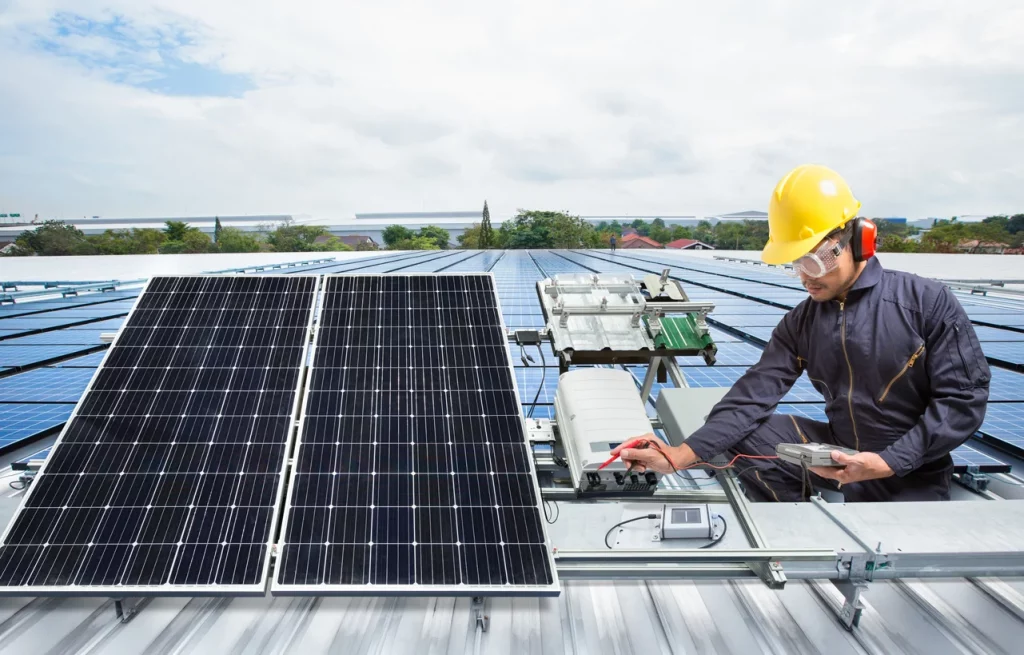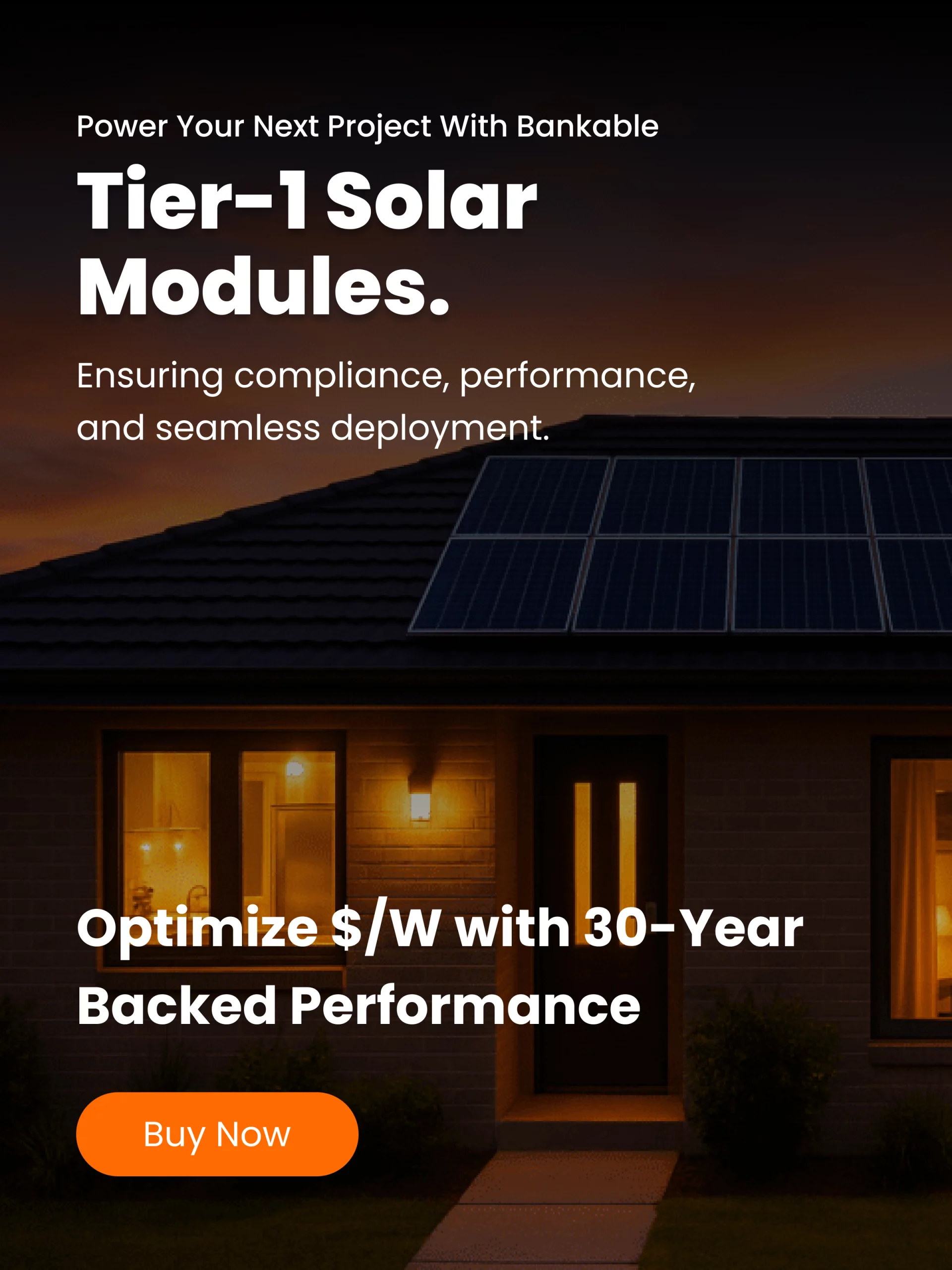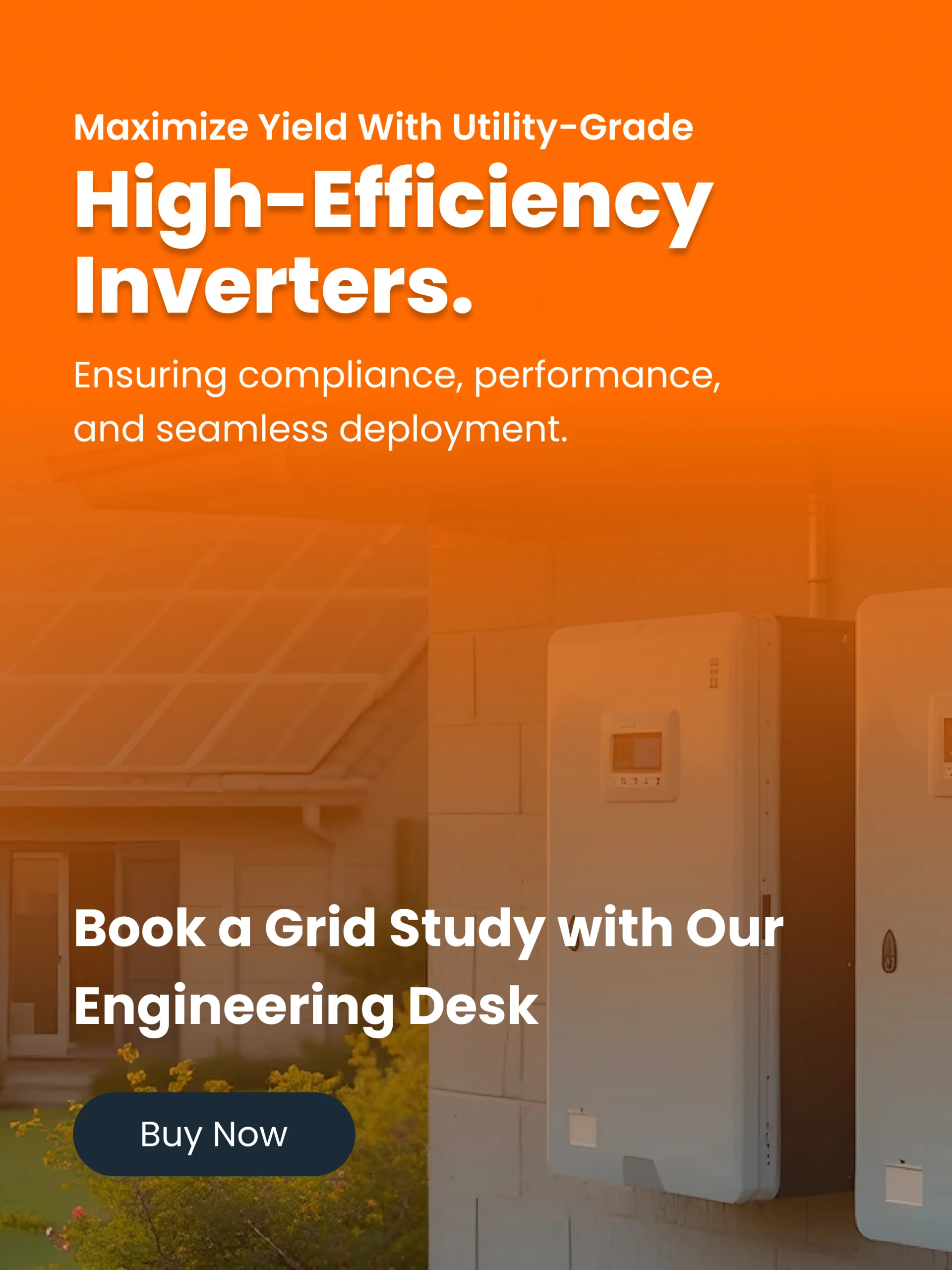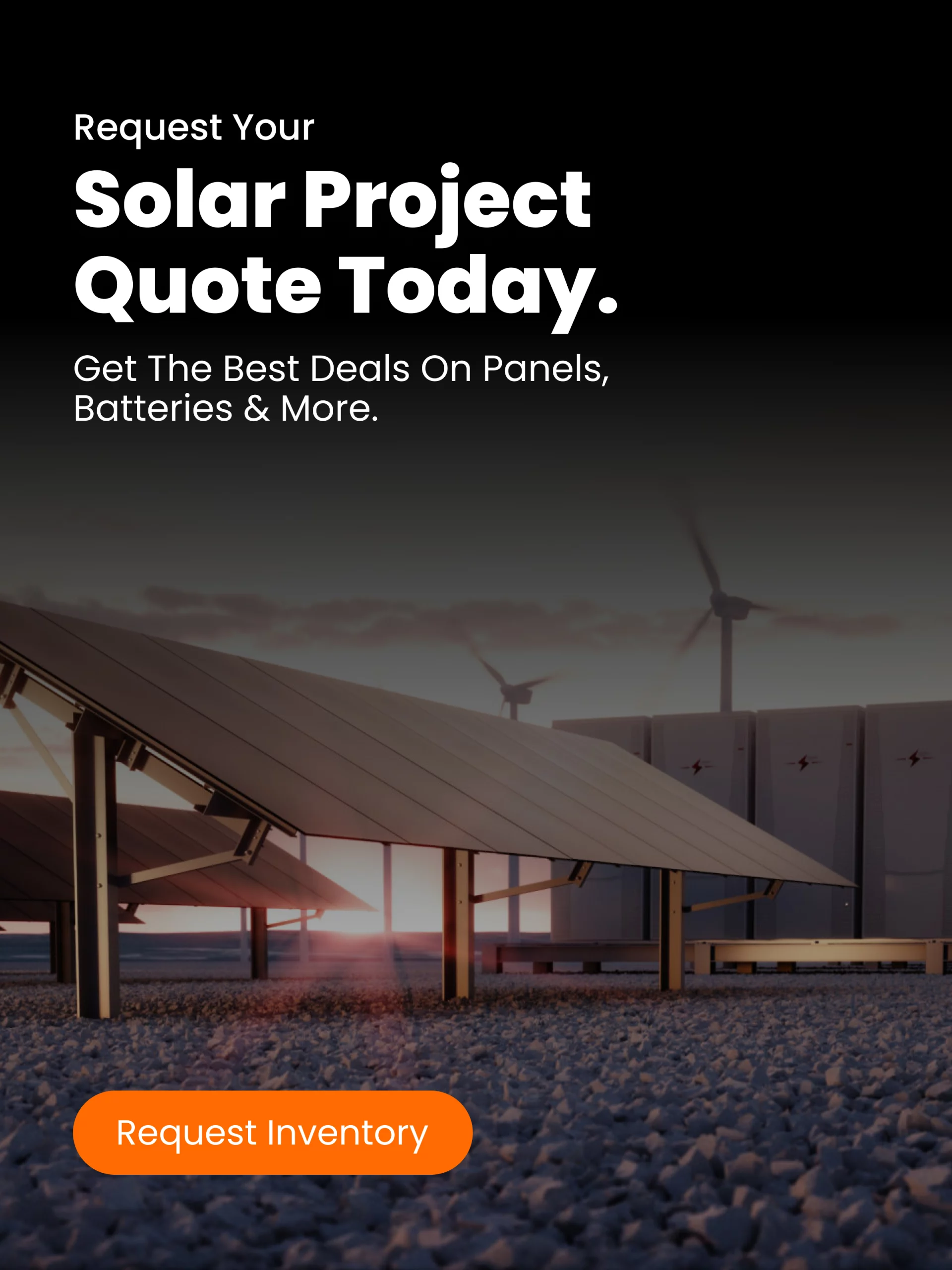Putting together a functional solar energy system requires more than just solar panels. To generate, convert, control, and use electricity effectively, several pieces of equipment must work together.
The “8 ways” framework from Soleos explains how these parts form a complete solar setup. Let’s explore each component, why it matters, and what design choices you’ll face.
The 8 Key Solar Equipment Components
Below is a breakdown of the eight major categories of equipment in a solar energy system, based on the Soleos guide, with added context and considerations.
Solar Equipment Overview Table
| # | Component | Purpose / Role | Key Design Factors to Consider |
|---|---|---|---|
| 1 | Solar modules (panels) | Convert sunlight into direct current (DC) electricity | Efficiency, size, degradation rate, warranty, cell technology (monofacial, bifacial) |
| 2 | Inverter (or converter) | Turn DC electricity into alternating current (AC) for home or grid use | Efficiency, topology (string, microinverter, hybrid), compatibility with battery |
| 3 | Mounting or racking system | Secure panels in correct tilt and orientation while withstanding wind and loads | Roof vs ground mount, materials, structural strength |
| 4 | Battery or energy storage system | Store surplus energy for use when solar isn’t producing | Chemistry (lithium, lead-acid, etc.), depth of discharge, cycles, safety |
| 5 | Charge controller or MPPT | Regulate voltage and current from panels into battery or inverter | Efficiency, voltage matching, maximum power point tracking features |
| 6 | Cabling, junction boxes, connectors | Transmit power safely between components | Wire gauge, insulation, loss, weather protection |
| 7 | Monitoring and control system | Track production, detect faults, and automate load management | Communication options, user interface, data logging |
| 8 | Protection and safety devices | Safeguard equipment and users from faults | Fuses, circuit breakers, surge protection, grounding equipment |
These eight categories together form the backbone of a well-engineered solar power system. Missing or undersized equipment in any one area can reduce performance or damage other parts.
A Closer Look at Each Component
Solar Modules (Panels)
Solar panels are the first step in generating electricity.
Efficiency: More efficient panels generate more watts per square foot, which is vital when roof or land area is limited.
Durability and warranties: Panels often come with 25-year performance and material warranties.
Technology: Some modern panels are bifacial, capturing light from both faces to increase yield when properly installed.
Inverter or Converter
The inverter acts as the control center that turns DC into usable AC electricity.
- String inverters suit arrays with uniform panel orientation.
- Microinverters attach to each panel and perform better under shading or orientation differences.
- Hybrid inverters combine solar and battery control, ideal for systems that include storage.
Mounting and Racking
Mounting systems ensure panels are stable, angled correctly, and protected.
Roof mounts and ground mounts each have unique trade-offs.
Structural strength must account for weight, wind, and snow loads.
Materials such as aluminum or galvanized steel should resist corrosion and provide long-term durability.
Battery or Energy Storage
Energy storage is crucial for extending solar usability beyond daylight hours.
Battery chemistry: Lithium-ion is preferred for higher cycle life and efficiency.
Depth of discharge (DoD): Determines how much capacity you can safely use.
Cycle life and warranty: Indicate durability and expected lifespan for daily use.
Charge Controller or MPPT
In DC-coupled systems, a charge controller or Maximum Power Point Tracker (MPPT) ensures maximum energy extraction from panels without overcharging the battery.
Efficiency and correct voltage matching reduce power losses and improve overall system output.
Cabling, Junctions, and Connectors
Electricity loses energy as it travels through cables.
Properly sized wire minimizes voltage drop.
Weatherproof, UV-resistant junction boxes and connectors preserve reliability and safety.
Monitoring and Control
Monitoring systems track energy production, detect issues, and help automate usage.
Many systems offer app-based or web-based dashboards.
Smart controls can schedule high-energy appliances to run when solar output peaks.
Protection and Safety Devices
Every solar system needs strong protection measures.
Fuses and breakers prevent overcurrent conditions.
Surge protectors guard against lightning or grid spikes.
Grounding and proper insulation help avoid electrical hazards and maintain compliance with safety standards.
Designing a Coherent Solar System
When planning a solar installation, every part must be correctly sized and integrated.
- Determine your total energy consumption and usage pattern
- Choose the number and size of solar panels to meet your goals
- Select an inverter compatible with your panel voltage and capacity
- Design the mounting structure for stability and environmental conditions
- Decide whether to include battery storage and size it accordingly
- Add charge control or MPPT if connecting directly from panels to batteries
- Plan cabling, junctions, protection, and monitoring carefully
- Incorporate safety devices for equipment and user protection
When all components are balanced, the system delivers efficiency, safety, and reliability for decades.
Cost, Trade-Offs, and Best Practices
Designing a solar system means balancing cost, performance, and longevity.
- High-quality equipment costs more initially but performs better long term
- Battery storage adds cost but increases independence and backup power
- Oversizing leads to waste, while undersizing limits performance
- Routine maintenance such as cleaning and inspection sustains output
- Using modular components allows easy future expansion
Modern solar systems with quality equipment and maintenance can last 25 years or more.
Choosing the Right Combination for Your Site
Ask yourself these key questions before finalizing your design:
- What is your daily and seasonal energy demand?
- Do you want backup power or mainly bill reduction?
- Is your roof or land suitable in terms of sunlight, tilt, and shading?
- Which battery chemistry balances cost, lifespan, and safety best?
- Will your inverter allow future upgrades?
- What monitoring features do you require?
- What local codes and standards must your system comply with?
Consulting a qualified solar installer ensures component compatibility and system safety.
Final Thoughts
Understanding the eight categories of solar equipment gives you a strong foundation for designing a reliable and efficient solar power system. These include modules, inverters, mounting structures, batteries, controllers, wiring, monitoring tools, and safety devices.
When all components are carefully selected and integrated, you achieve high performance, reliability, and long-term energy security.
Solar energy systems are not just a trend—they are a sustainable investment providing decades of clean power and financial savings for both homes and businesses.




